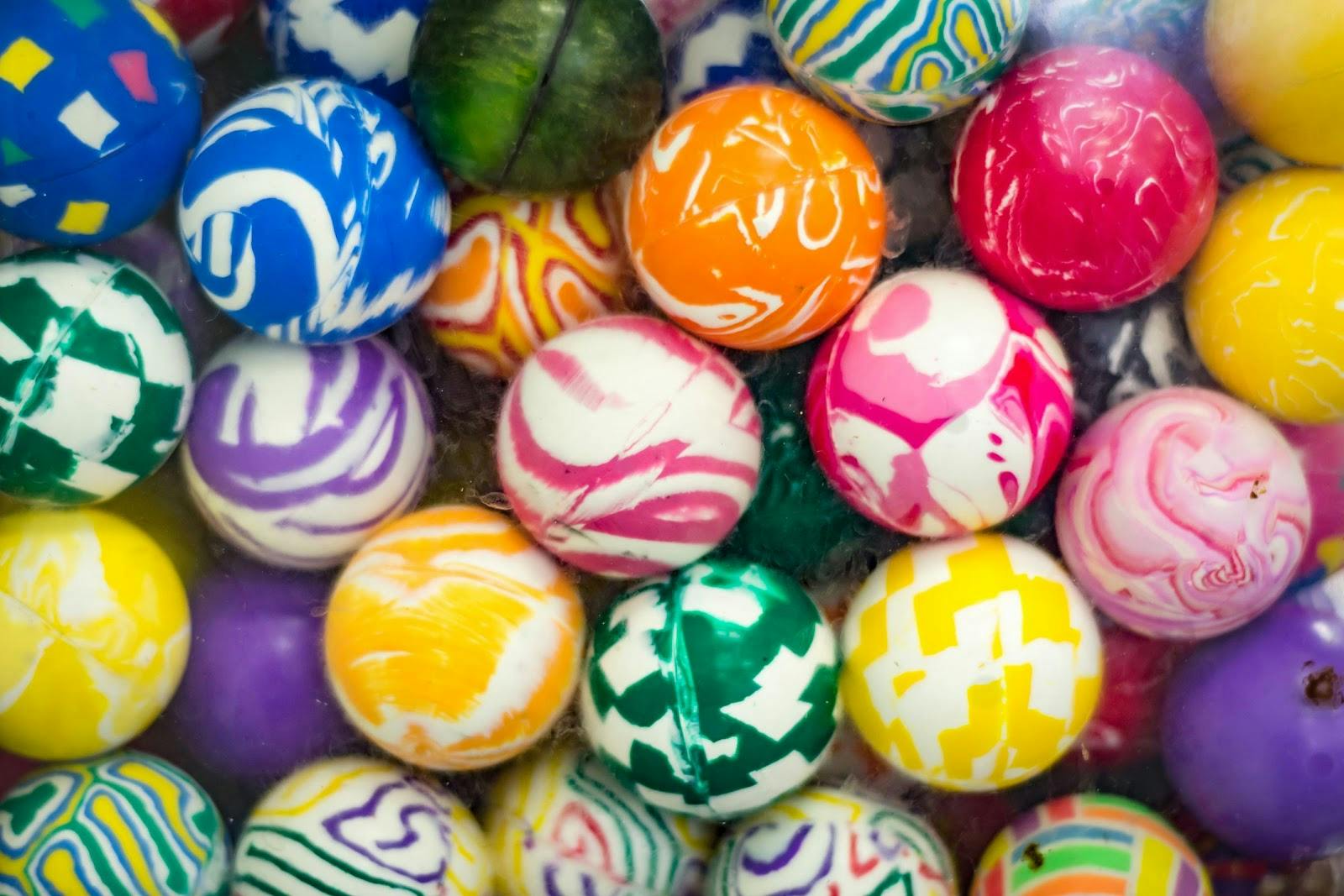Glass Balls or Rubber Balls
Posted by Sara King
Most leaders are familiar with the conundrum of having to work out which balls to drop. One of the most frequent scenarios leaders bring to coaching, regardless of their level of seniority, is being overwhelmed by limited resources and competing priorities. Everything feels weighty, important and urgent. Nobody wants to be labelled as the person who drops the ball. And sometimes, our sense of self is tied up in never being that person, in never dropping the ball. The more senior we get, the more important it feels.
What choices do we have?
Well, the first choice is to do nothing to change the situation, and to try to keep all those balls spinning, adding in more and more as they are thrown into the mix. Lots of us make this choice to just keep adding more and more onto our workload. And let’s be clear, if this is part of our narrative, there is a part of this that feels good. We get rewarded by feel-good neurochemicals for continuing the familiar behaviour. Maybe it’s the sense of achievement or challenge. Or maybe, it’s constantly saying yes to people who ask for help. However, there is a definite downside to this choice. One is that at some point, you pass the point of peak performance, or as the experts might put it, the zone of optimal arousal. We move beyond the good stress that gives us a sense of challenge and helps us to perform. If we sustain the juggling for too long, or we bring in too many balls, we might end up in chronic stress or distress. Or even in burnout. Or we might start dropping balls and have limited control over which ones we drop.
The second choice is to minimise risk and keep the level of challenge (the number of balls) low. In some ways, this can keep us safe – we’re less likely to burn out, or to make significant mistakes. If we’re only juggling two balls, the risk of dropping one is much lower. Of course, the performance isn’t likely to gain international fame and fortune, there won’t be much sense of challenge or achievement, but at least those balls are still safely in the air.
The third choice is a little different. It requires clarity, discernment and the ability to monitor one’s capacity and limits. This choice requires us to be able to choose to let some balls drop so we can bring new ones in. If we want to do that without disaster, we need to learn to distinguish between the glass balls and the rubber ones. Dropping a glass ball is disastrous, dropping a rubber one doesn’t lead to major negative consequences. Getting clear on which ones are glass, and which ones are rubber, helps us to make good choices and achieve sustained high levels of performance.
How can we tell the difference and what can we do about it?
If our personal narrative means every ball is treated as if glass, working with a coach can help us to let go of narratives that might not be working for us any longer. Perhaps nobody else sees a particular ball as glass, and yet we are behaving as if it is. Being able to create new stories for ourselves that serve us better might help us to be more discerning.
If you're interested in learning more about how BOLDLY can help your organisation, we invite you to explore our or write to us at here.
Alternatively, connect with us at connect@boldly.app to speak to our qualified coaches to see how they can help you get clear on values and goals so that you can learn to identify what’s most important to you (or to others) so that you can make better choices about which balls you pick up, and which ones you can safely let bounce.
In the meantime, you can start by asking yourself (and others) “Is this a glass ball or a rubber ball? What will happen if I let it drop? What am I risking if I keep this one in the juggle?”







